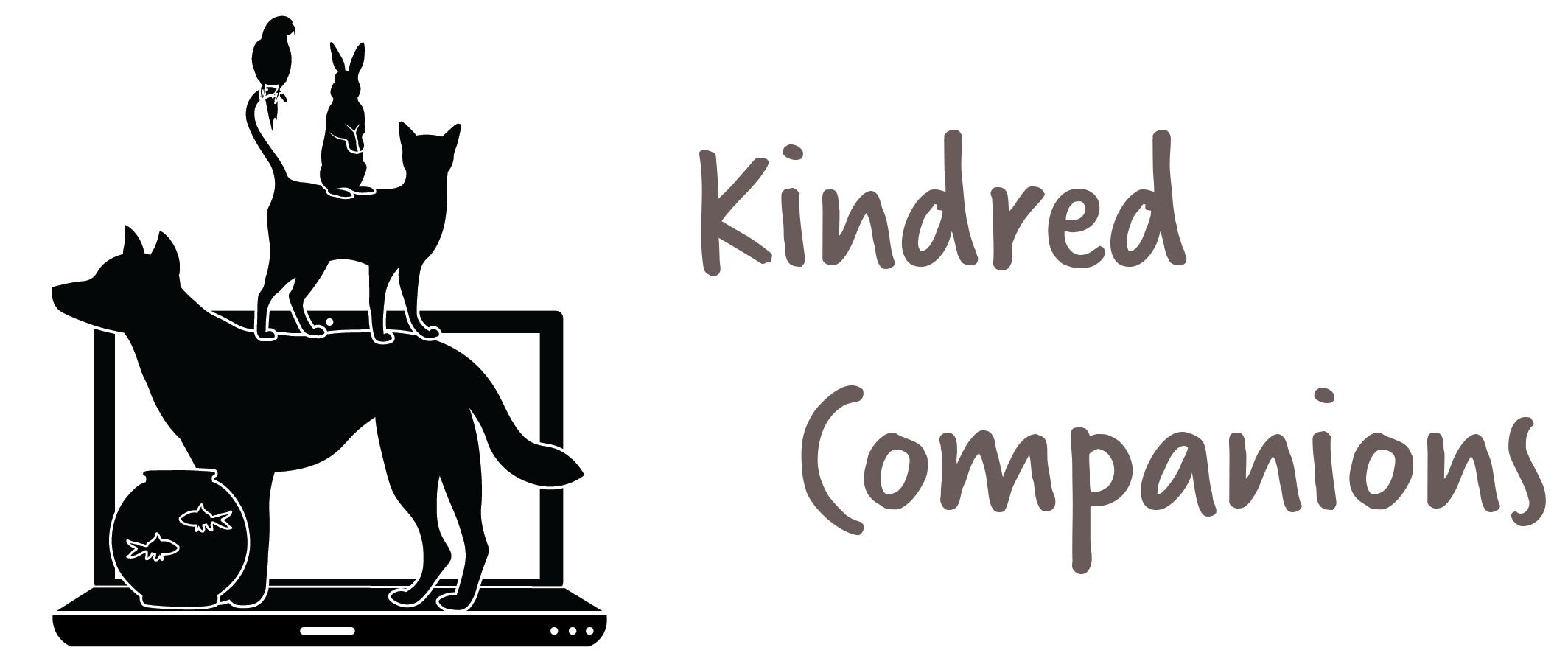Treat Pouches: Just 'cause you can doesn't mean you should
Treat pouches are the bags you hang from your pocket, tie around your waste, or clip on your belt. They come in a variety of shapes and sizes. But they have a dark side too... There are dog trainers out there, and owners for that matter, that feel that a treat pouch is the same as waving a treat in the dogs nose. Meaning that the bag is a bribe and without the bag visible, the dog won't listen. There are definitely many sides to this story and I will be sure to give you all of them.
USE
The purpose of a treat pouch is to give the owner/trainer easy access to treats without risk of running out quickly, messy pockets, treats trapped in tight pants, no pockets, etc. These tools can be simple little zipper, hinged or drawstring bags. Some are attached to tug toys for added interaction and reinforcement.
CAN OF WORMS
To understand the issues with treat pouches we have to first examine the feelings about giving dogs treats aka food rewards. Many owners are averse to giving a dog treats. They want the dog to perform without the assistance of food and feel that it's presence is a bribe. To be clear, no dog will work without a consequence. So if there is no food, there has to be some other consequence. Usually this comes in the form of a correction such as a pop/jerk on the leash, a verbal "tssst" or "AHHHH!", or some other way of telling the dog it is wrong. So the dilemma comes down to, which method you want to use. Do you want to reward the dog for effort and learning, or correct the dog when they have made a mistake?
Once an owner has decided that using food isn't a terrible idea, determining how it will be delivered comes into consideration. I explain to all my students that a treat that appears before the dog performs a behavior is a bribe. A treat that appears after the behavior is a reward. Therefore treats have to be removed from the hand, as much as possible, until the behavior is performed. Therefore treat pouches can be useful. But... they can also be just as distracting as a treat in the hand depending on when the bag appears.
If an owner only brings out the bag to train, most dogs become savy to this and only do requested behaviors when the bag is present. It is important in the beginning of bag use to wear it freqently as well as have a treat available periodically when the bag is not present (in your pocket or in a dish on a table) so that it's presence is not a cue to the dog that only when it is around will they get a reward.
Eventually you will need to fade the treat bag so that the dog is eager to perform without it being present. My favorite way to do this is to reward a dog either from a pocket, dish on a table, or racing off to the fridge with dog in hot pursuit to see what is available in the deli drawer. This teaches the dog that rewards could be anywhere.
For many owners the nuances of when, and how to deliver treats is hard. A treat pouch can help teach an owner not to lure or present treats as a bribe. It can also help owners have treats more easily available. For other owners it is another clumsy piece of equipment that makes them feel awkward and encumbered. In this case it is important to not just figure out what is best for the dog but also what is best for the owner. Remember, the owner is going to be doing the practicing so it has to work for them as much as for the dog.
FINAL THOUGHTS
Finally it is important to remember that a treat bag can be more that just a bag on the hip. For many dogs, treats are not their favorite reward. Know your dog. If they love touch, don't leave that out and focus exclusively on treats. The same goes for sniffing, playing chase, or tugging on a toy. Food is meant as an option, but it doesn't need to be "THE OPTION".


